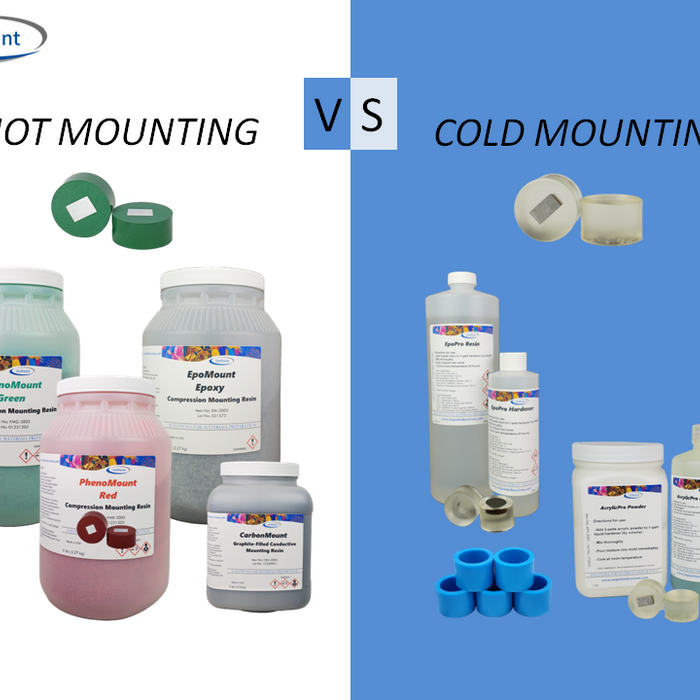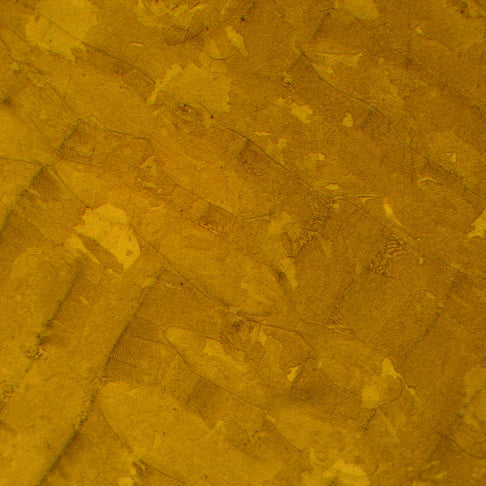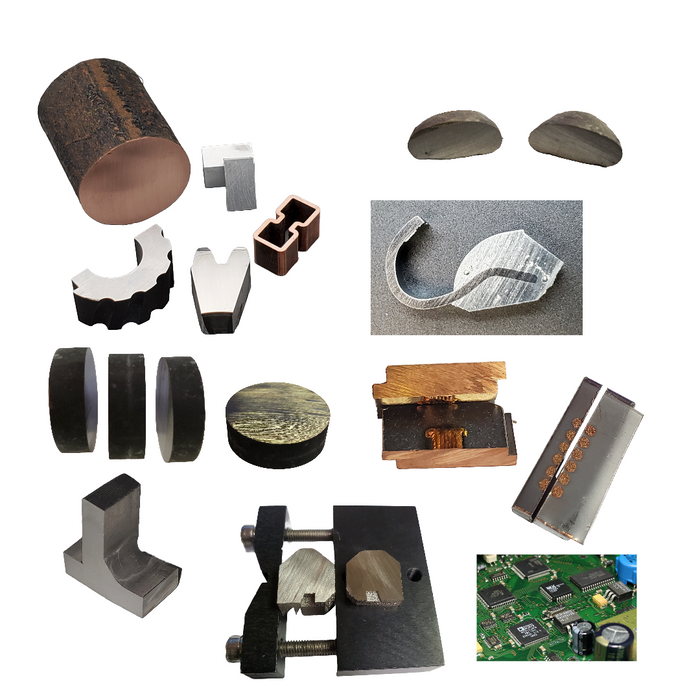
The Power of Metallography: A Look Back and Ahead
RSS-
 Metallography, the study of the microstructure of metals and alloys, relies heavily on the quality of specimen preparation. One critical step in this process is specimen mounting, and there are two predominant methods: compression or hot mounting and castable or cold mounting. Each method has its own set of advantages and considerations, catering to different needs in metallographic analysis.Read now
Metallography, the study of the microstructure of metals and alloys, relies heavily on the quality of specimen preparation. One critical step in this process is specimen mounting, and there are two predominant methods: compression or hot mounting and castable or cold mounting. Each method has its own set of advantages and considerations, catering to different needs in metallographic analysis.Read now -

Additive Manufactured Samples - A Guide To Sample Preparation
Metallography is a critical aspect of the metallurgical analysis and quality control of materials, including those produced through additive manufacturing (AM). It involves the study of a material's microstructure by examining its constituent phases, grain structures, inclusions, and defects at a microscopic level. Metallography helps in understanding the material's mechanical properties, performance, and overall quality. Here's a more detailed overview of metallography and sample preparation in the context of AM:Read now -

Metallurgical Abrasive Saw or Precision Saw or Both?
Precision saws excel in targeting specific areas of metallurgical specimens with a heightened degree of precision. They are known for their suitability under low load and low RPM conditions, making them a preference for delicate materials. Typically found in smaller laboratory settings, precision saws replace abrasive wheels with metal core blades featuring embedded diamonds or cubic boron nitride (CBN) on their perimeters. Blade diameters vary from 3 to 8 inches, and thickness can range from 0.006” to 0.040”. This thin profile proves particularly advantageous when sectioning delicate materials like precious metals, PCBs, ceramics, or glass, though it necessitates careful handling due to fragility.Read now -

Ultimate Guide to Silicon Carbide Grinding Paper: Unveiling the Power of this Versatile Abrasive
Read nowSilicon carbide grinding paper, often denoted as silicon carbide paper, introduces a revolutionary abrasive that holds the secret to efficient material elimination and impeccable refinement of metal surfaces. This adaptable tool has become indispensable across various sectors due to its...
-

Unraveling the Mysteries of Metal: Exploring the Path to Discovering Crystalline Structures
Read nowThe Birth of X-ray Crystallography:In the early 20th century, the father-son duo, William H. Bragg and William L. Bragg, revolutionized the study of crystal structures with their groundbreaking technique known as X-ray crystallography. This method involved the use of X-rays...
-

Why is Silicon Carbide Paper Used for Metallography and Sample Preparation?
silicon carbide paper is chosen for metallography due to its hardness, abrasive properties, consistency, grit range, and compatibility with different metals. It plays a vital role in preparing metal samples for microscopic analysis, enabling researchers to examine the microstructure, grain boundaries, and other characteristics of the metal under study.Read now -
Monocrystalline vs Polycrystalline Diamond
Read nowDiabrasive Choice Monocrystalline Diamond Monocrystalline Diamond is a cost-effective option for good stock removal and finish. It has a slightly irregular shape with multiple cutting edges, making it suitable for general metallographic applications where the features of Polycrystalline Diamond are...
-

The Importance of Copper in Manufacturing and Metallurgy
Read nowCopper is a crucial material in metallurgical applications and manufacturing, thanks to its unique metallurgical properties. Its high thermal and electrical conductivity, ductility, and corrosion resistance make it a popular choice for electrical wiring, circuitry, plumbing, and piping systems.Copper's high...
-

Metallurgical Analysis of Welds
Read nowMetallurgical testing is an important part of evaluating the quality and integrity of welded structures. There are several methods of performing metallurgical testing on welds, including: Microstructural analysis: This involves the examination of the microstructure of the weld using a...





